Chess is a fascinating game of strategy and skill played on a checkered board with 64 squares. At the heart of this ancient game are its pieces, each with its own unique movements and powers. In this beginner’s guide, we’ll explore the different chess pieces.
The King:
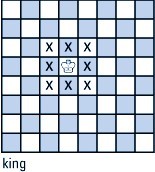
The king is the most important piece in chess, like a precious gem that needs to be protected at all costs. It moves one square in any direction – forward, backward, sideways, or diagonally. The king’s job is to stay safe and avoid getting captured by the opponent’s pieces. If your king is in danger and can’t escape, you’re in checkmate, and the game is over.
The Queen:
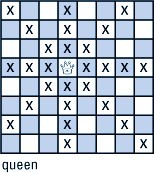
The queen is like a powerful wizard on the chessboard, able to move any number of squares in any direction – forward, backward, sideways, or diagonally. She’s the most valuable piece, and losing her can make things tough. The queen is excellent at attacking and defending, making her a force to be reckoned with.
The Rook:
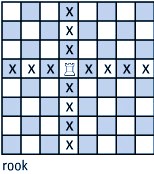
The rook is like a sturdy castle standing tall on the board. It can move any number of squares, but only in straight lines – forward, backward, or sideways. The rook is great at controlling files and ranks, and when two rooks work together, they can dominate the board and cause a lot of trouble for the opponent.
The Bishop:
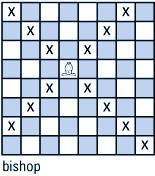
The bishop is like a swift messenger darting across the board diagonally. It moves any number of squares diagonally, but it’s limited to the color of the squares it starts on. If you have two bishops, each on a different color, they can work together to cover the entire board, which is pretty cool.
The Knight:
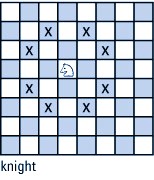
The knight is a tricky piece that moves in an L-shape – two squares in one direction and then one square perpendicular to that. It’s the only piece that can jump over other pieces, which makes it a bit unpredictable. The knight is like a clever horse, sneaking into enemy territory and causing chaos.
The Pawn:
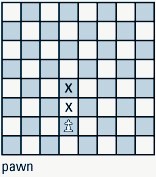
The pawn is like a foot soldier, the smallest but also the bravest piece on the board. It moves forward one square, but it captures diagonally. Pawns are essential because they protect your stronger pieces and can turn into queens if they make it all the way to the other side of the board. That’s called pawn promotion – like a little pawn becoming a big queen.
Now that we’ve covered the basics of each chess piece, let’s talk about how they work together on the board.
Piece Coordination:
In chess, it’s not just about moving pieces randomly. You want your pieces to work together, like a team, to control the board and attack the opponent’s pieces. For example, you can use your rooks to control open files and your bishops to control important diagonals. Sometimes, you might sacrifice a piece to gain a better position or set up a clever trap for your opponent.
Protecting the King:
Remember, the ultimate goal of chess is to checkmate your opponent’s king – that means trapping the king so it can’t escape. To protect your own king, you need to castle early in the game, which means moving your king and rook closer together. Castling keeps your king safe behind a wall of pawns and pieces.
In conclusion, chess is a timeless game that offers endless possibilities for strategic thinking and creative problem-solving. By understanding the unique movements and powers of each chess piece, you’ll be well on your way to becoming a skilled player. So, gather your pieces, set up the board, and let the game begin!
